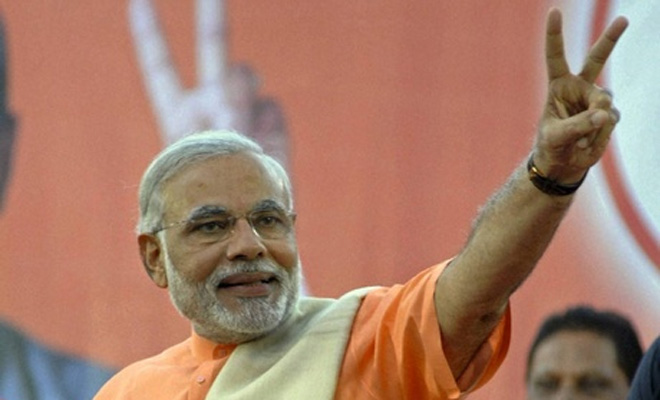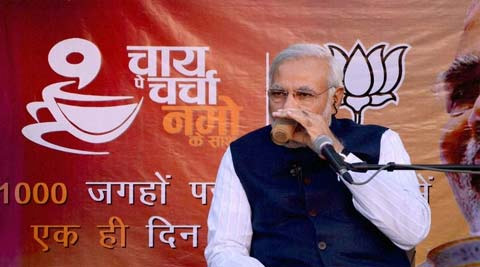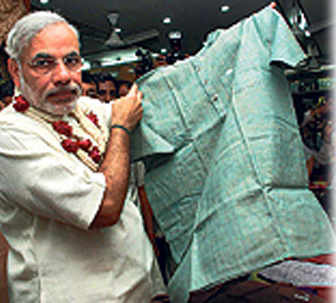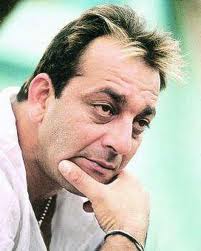Long ago, there was a young business magnate who on a party wooed the country’s most sensational beauty to marry him. The girl belonged to a royal family. After marriage, the girl found out that the man who the world  knows as one of the richest runs mostly on credit. And, this credit cycle continues to match his lifestyle. Confused, she asked him, “How on earth you fool people around by staging a millionaire when you have no wealth around. A simple cough-cold may force you to use your credit facilities.” The man laughed at her words. “It is not the wealth that makes you rich, girlie. It is the perception of wealth.”
knows as one of the richest runs mostly on credit. And, this credit cycle continues to match his lifestyle. Confused, she asked him, “How on earth you fool people around by staging a millionaire when you have no wealth around. A simple cough-cold may force you to use your credit facilities.” The man laughed at her words. “It is not the wealth that makes you rich, girlie. It is the perception of wealth.”
Perception. It runs the world. It drives the people. And, may be it is the key word in the high-octane dramatic general election in the largest democracy of the world. A man with a dark baggage of anti-secularism won the hearts of the millions to get elected as the prime minister of India. Narendra Damodardas Modi. He is now the hero of the million Indians. He is now the hope of the youth.
Hope. It has driven Indians for long. Immediately after the independence, when job was scarce, the Awara Raj Kapoor was the hope. It was the happy endings that they craved for. In the late seventies, when India was burning of rage against tremendous corruption – Amitabh Bacchhan came as a savior. Hope. He fought hundreds single-handedly. It gave hope. And, again, when Modi at his campaigns, raised his voice against the UPA corruption – the need for good governance – the scope for new jobs, it gave  hope to the million Indians. He intelligently handled the question of his anti-secularism image that haunted him for years. He never expressed any guilt for the Godhra issue or the Babri Mosque. But rather he challenged his past image with a new package. And, this time the projection of Modi was perfect. The package was targeted to the mass segment – mostly between the age group of 20 – 35. And, this age group constitutes the biggest chunk of Indian population. And, the mantra worked miracle.
hope to the million Indians. He intelligently handled the question of his anti-secularism image that haunted him for years. He never expressed any guilt for the Godhra issue or the Babri Mosque. But rather he challenged his past image with a new package. And, this time the projection of Modi was perfect. The package was targeted to the mass segment – mostly between the age group of 20 – 35. And, this age group constitutes the biggest chunk of Indian population. And, the mantra worked miracle.
Indian middle-class has a chronic appetite for heroes. They create heroes. It came from the long-drawn frustration of compromising and unfulfilled dreams of being born in a conservative Indian middle-class society. Not a joke. Every Indians, irrespective of religions, caste, creed – has a passion to worship. That may not be the Almighty every time. But weworship. It may be Sachin while in a cricket season or a Messi during Football world cup or Shah Rukh Khan during a Diwali release. We worship. We follow. Even today, people in local train fight for Yuvraj or Kohli. A bit senior, guys in late twenties or early thirties fight Saurav or Dravid. Girls fight for Aamir – Shah Rukh. And, the legacy continues. In cities. In towns. It is the larger-than-life image we sought for. We crave for. We die for.
The seed was sown in 2011. “The middle-class rises” – the headlines like this hovered for a whole season. There was Anna. Gandhi reincarnated. The toothless smile. The Gandhi topi. The background flex. The white attire. His armour flawless. The middle-class, always hungry for an icon, laps him up.  Branding was perfect. But, there was lack of managerial intellect to continue the image. It failed. And, the government corruption rises. Shameless politicians were exposed. Scams revealed. Perfect launch-pad for a new icon. And, thus came Narendra Modi. The branding was done with utter care. Positioning was strategically opposite to current PM. Segmentation was tactically towards the relatively young and early or mid-thirties. The challenge was vital. And, thus emerged Brand Modi. Our tech-savvy, eloquent, smart Prime Minister.
Branding was perfect. But, there was lack of managerial intellect to continue the image. It failed. And, the government corruption rises. Shameless politicians were exposed. Scams revealed. Perfect launch-pad for a new icon. And, thus came Narendra Modi. The branding was done with utter care. Positioning was strategically opposite to current PM. Segmentation was tactically towards the relatively young and early or mid-thirties. The challenge was vital. And, thus emerged Brand Modi. Our tech-savvy, eloquent, smart Prime Minister.
He was the person who was successful in converting the poll-campaign from multi-party rivalry to Modi versus All. He spoke against Mamata Banerjee in Bengal, Jayalalithaa in TN, Mayawati in UP. They could have been his probable allies have NDA or BJP fared decently also. But he took the other way. It was a strategy of branding. It was a challenge to pose the larger-than-life image. He clung to his own. The stake was high. But the brand was built. The brand equity was maintained. The brand recognition was gained by extensive social-network campaigns, regular tweets, political rallies – and nonetheless the charismatic overture of Modi. It built in our conscience the feel – “he is the one” without our knowledge – you don’t know when. But he became the one you wanted to vote. Kotler personified.
 But when asked about the credibility of his background, the probability of success of Gujarat model in pan-India mode, the utter Hindutva overtone – went obscured in the cloud of perception. It was dense. Deep. Touchy. And, thus the branding was a historic success. And, may be today also, someone, somewhere to his or her close associates or to his or her own is grinning the same words as of that business magnate mentioned earlier. “It is not the credibility but the perception of credibility what matters.” It can be willful. It can be manufactured. Whatever, it may be, the Gap Analysis can be a hot topic next election.
But when asked about the credibility of his background, the probability of success of Gujarat model in pan-India mode, the utter Hindutva overtone – went obscured in the cloud of perception. It was dense. Deep. Touchy. And, thus the branding was a historic success. And, may be today also, someone, somewhere to his or her close associates or to his or her own is grinning the same words as of that business magnate mentioned earlier. “It is not the credibility but the perception of credibility what matters.” It can be willful. It can be manufactured. Whatever, it may be, the Gap Analysis can be a hot topic next election.
Disclaimer: The opinions expressed within this article are the personal opinions of the author. Spectralhues is not responsible for the accuracy, completeness, suitability, or validity of any information on this article. The information, facts or opinions expressed in the article do not reflect the views of Spectralhues and Spectralhues does not take any responsibility or liability for the same.
Tags: NaMo NaMo brand Narendra Modi








